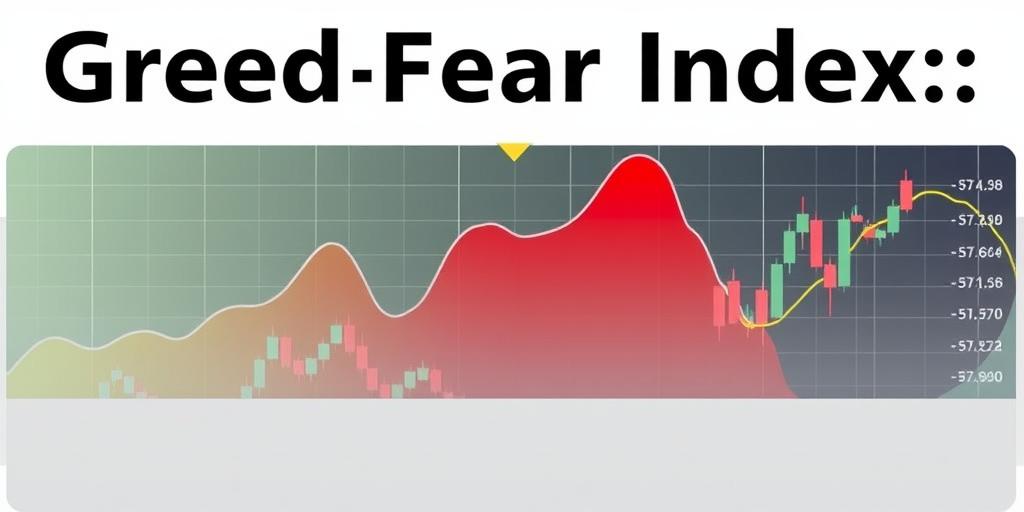Understanding market sentiment is crucial for investors. The Greed/Fear Index serves as a valuable tool, reflecting the collective emotional state of market participants. This post aims to decode the Greed/Fear Index, exploring its components, interpretation, and practical applications.
What is the Greed/Fear Index?
The Greed/Fear Index is a composite indicator designed to gauge market sentiment by analyzing various factors that reflect investor emotions. It oscillates between 0 and 100, where:
- 0-25 indicates Extreme Fear
- 26-49 indicates Fear
- 50 is Neutral
- 51-75 indicates Greed
- 76-100 indicates Extreme Greed
Components of the Index
The CNN Business Greed/Fear Index, a widely recognized version, incorporates seven indicators:
- Stock Price Momentum: Measures the S&P 500's performance relative to its 125-day moving average.
- Stock Price Strength: Assesses the number of stocks hitting 52-week highs versus those hitting 52-week lows.
- Stock Price Breadth: Examines the volume of shares trading in rising stocks compared to declining stocks.
- Put/Call Options: Compares the trading volume of put options (bets on price decreases) to call options (bets on price increases).
- Junk Bond Demand: Analyzes the spread between yields on investment-grade bonds and junk bonds.
- Market Volatility: Measured by the VIX (CBOE Volatility Index), reflecting market expectations of volatility.
- Safe Haven Demand: Compares the returns of stocks versus bonds.
Interpreting the Index
- Extreme Greed: Suggests the market may be overbought and due for a correction. Investors are overly optimistic, potentially leading to irrational exuberance.
- Greed: Indicates a bullish sentiment, but caution is advised as the market may be getting ahead of itself.
- Neutral: Represents a balanced market sentiment with no dominant emotional bias.
- Fear: Suggests the market may be oversold and potentially poised for a rebound. Investors are overly pessimistic, possibly creating buying opportunities.
- Extreme Fear: Indicates a strong buying opportunity as investors are likely undervaluing assets due to panic selling.
Practical Applications
- Timing Market Entries and Exits: Use the index to identify potential entry and exit points. Extreme fear can signal a good time to buy, while extreme greed may suggest selling.
- Confirming Trends: Corroborate the index with other technical and fundamental analysis tools to confirm market trends.
- Risk Management: Adjust portfolio risk based on the index. Reduce exposure during periods of extreme greed and increase it during extreme fear.
- Gauging Investor Sentiment: Understand the prevailing emotional climate to make informed investment decisions.
Limitations
- Not a Standalone Indicator: The Greed/Fear Index should not be used in isolation. Combine it with other analytical tools for a comprehensive view.
- Lagging Indicator: It reflects past market behavior and may not always predict future movements accurately.
- Market-Specific: The index is typically tailored to specific markets (e.g., the U.S. stock market) and may not be applicable to all asset classes or regions.
Conclusion
The Greed/Fear Index is a valuable tool for understanding market psychology. By monitoring its components and interpreting its signals, investors can gain insights into potential market turning points and make more informed decisions. However, it's essential to use the index in conjunction with other analytical methods and to be aware of its limitations.
By understanding and applying these principles, investors can better navigate the complex landscape of financial markets.









